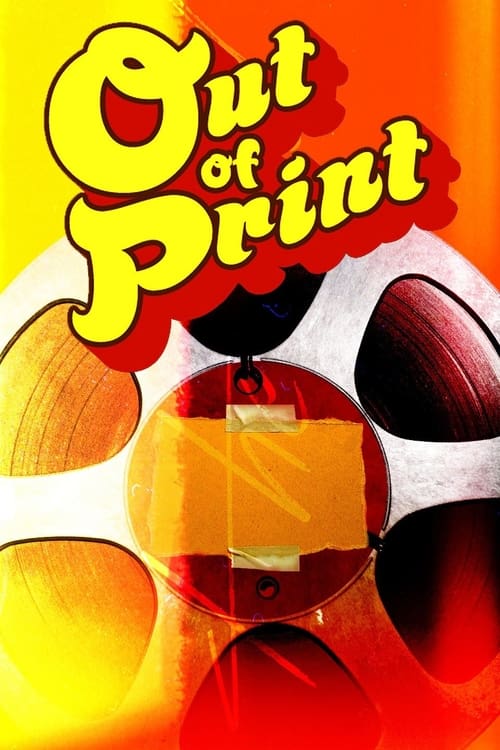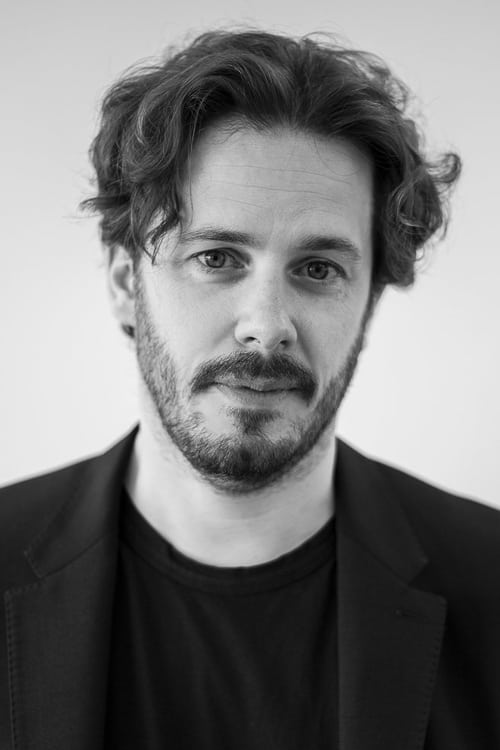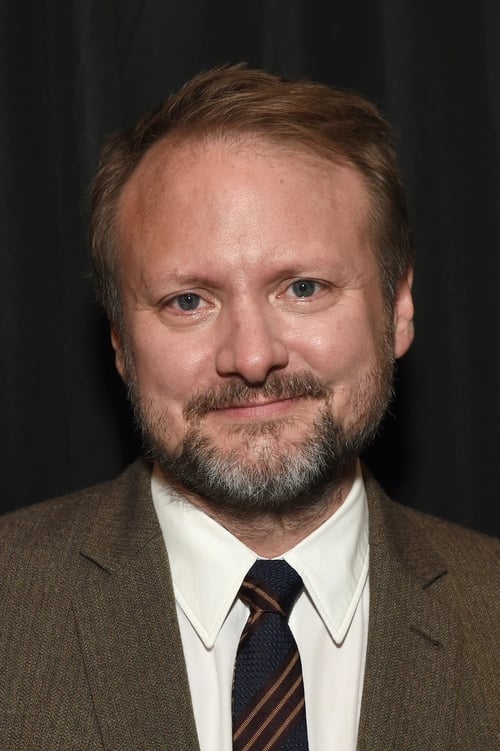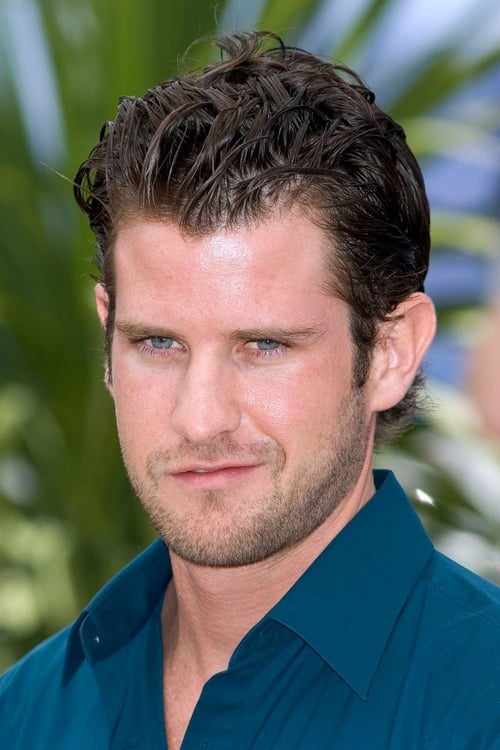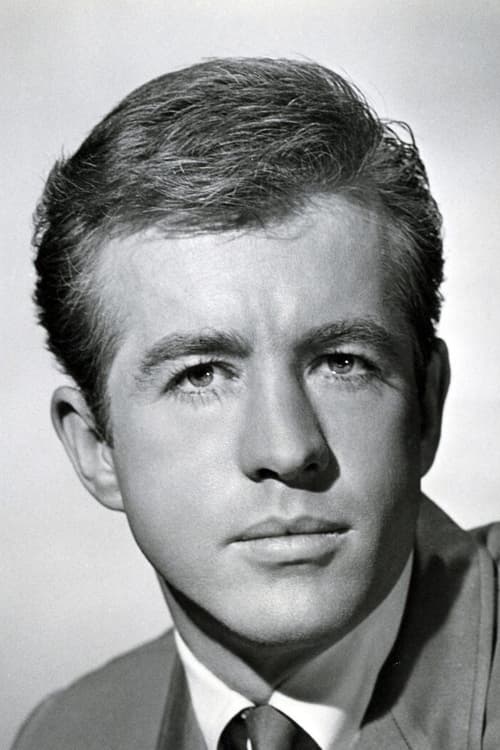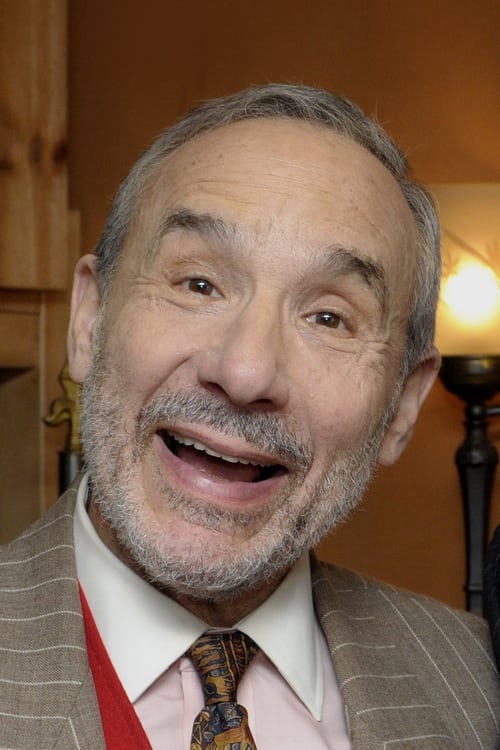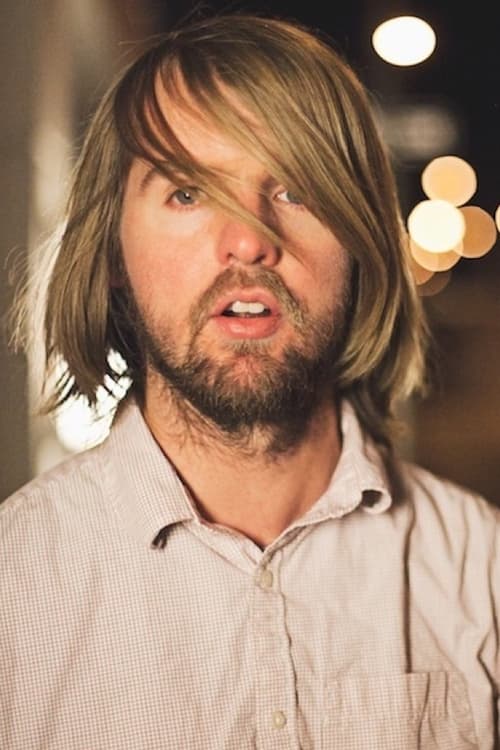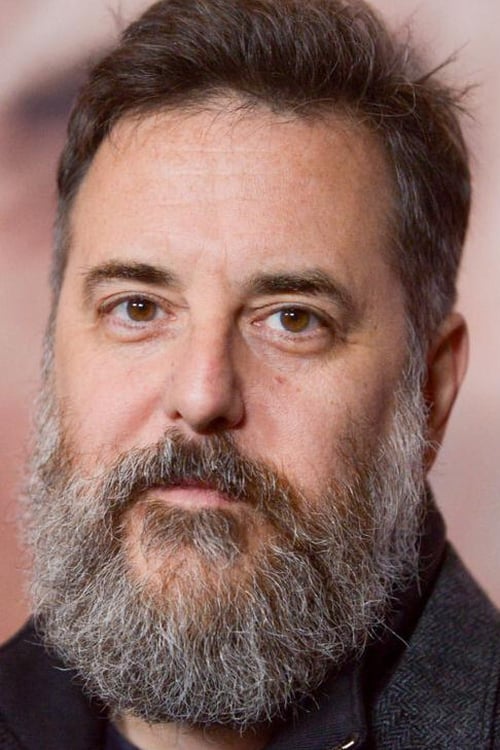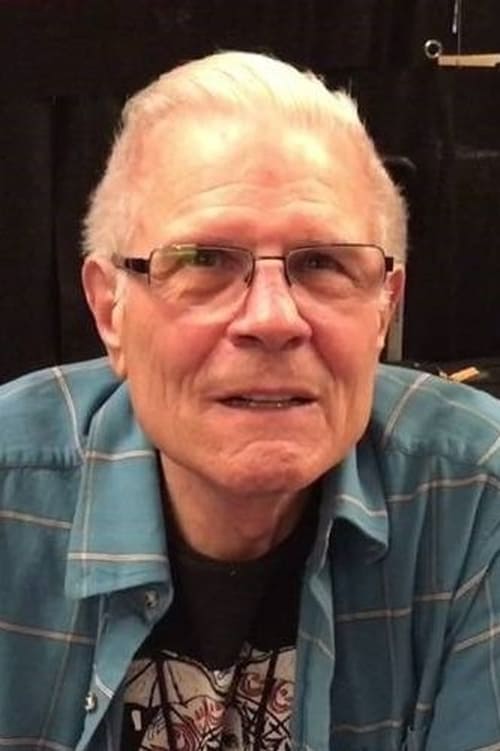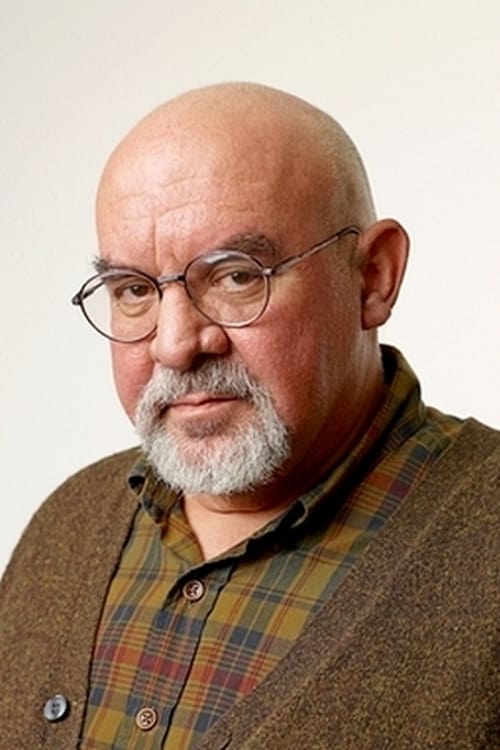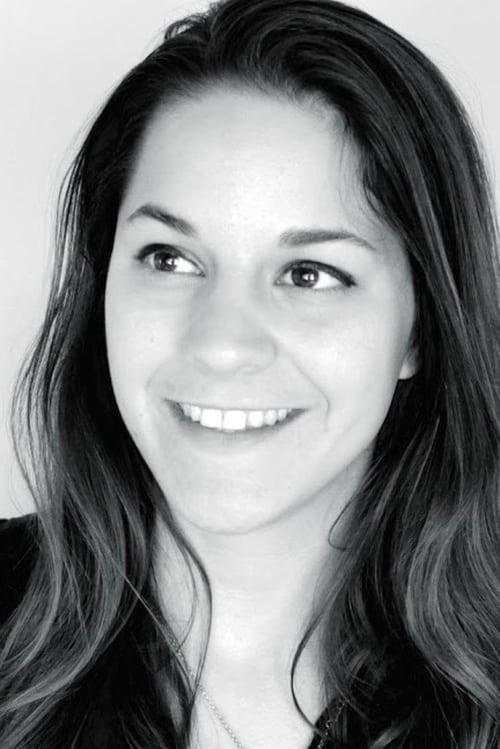Out of Print (2014)
Directors. Dorks. Deviants. This ain't no Multiplex.
장르 : 다큐멘터리
상영시간 : 1시간 26분
연출 : Julia Marchese
시놉시스
A documentary exploring the importance of revival cinema and 35mm exhibition - seen through the lens of the patrons of the New Beverly Cinema - a unique and independent revival cinema in Los Angeles.
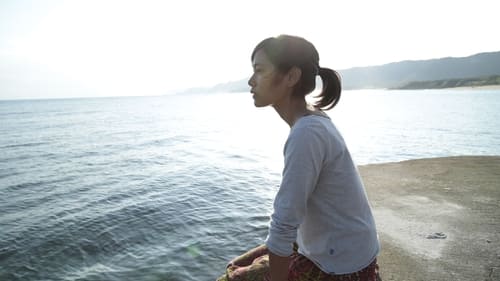
8월 대보름 축제가 한창인 아마미 섬. 보름달이 뜬 밤바다에 시체 한 구가 떠오른다. 뭔가를 감추고 있는 듯한 카이토가 의심스러운 쿄코. 한편, 죽음을 앞둔 엄마와의 이별을 준비중인 쿄코는 유일한 친구인 카이토에게 의지하려 하지만, 그날 이후 어쩐지 냉랭해진 그가 원망스럽기만 하다. 그러던 어느 날 밤, 거센 태풍이 섬 전체를 덮치고 두 사람은 지금껏 경험하지 못했던 눈부신 순간을 맞이하게 되는데...
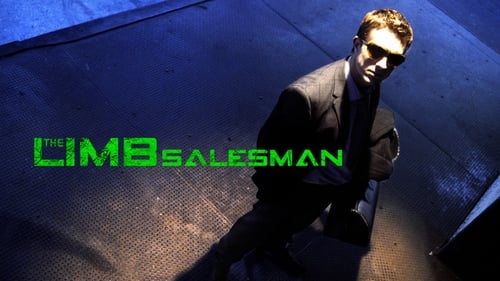
Gabriel Goode is The Limb Salesman-- a disgraced doctor who regenerates limbs on the black market. When Goode travels to the water mining regions of the north to heal the cherished daughter of a wealthy water miner, dark family secrets are revealed, and Goode is forced to make the ultimate sacrifice. A story of forbidden love in a dystopian future.
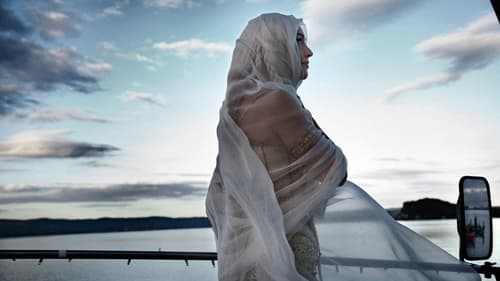
Gelsomina’s family works according to some special rules. First of all, Gelsomina, at twelve years of age, is head of the family and her three younger sisters must obey her: sleep when she tells them to and work under her watchful eye. But the world, the outside, mustn’t know anything about their rules, and must be kept away from them. They must learn to disguise themselves.

Radit and Jani is a happy couple with a very rock-and-roll way of living. Drugs, tattoos, lots of cigarettes, noise musics. Once upon a time, they got no money, and Radit and Jani have to work to get money.

The film follows teenage girls Mairéad Mc Ilkenny and Christine Savage. The two young women live in the same city but at the same time in two different worlds, cut off from each other by high walls that separate people.

Based on the operetta of the same name.

This investigation into the layers of mass incarceration and its shaping of the modern black American family is seen through the eyes of a single mother in New Orleans, Louisiana.

b/w, 16mm film

In the ongoing project Photography is Easy, Thornton continues her investigation of the production of meaning through media such as photography, film and video. Thornton and a companion are seen hiking through a desert, photographing and recording the journey. Shots of desert landscapes are overlaid with the artist's running commentary and text about Thornton's experience of making a photograph. Questioning the value of the rarified image, Thornton investigates the porous boundaries between the still and the moving image.

This collaborative work, created specifically for the 1992 Day Without Art/AIDS Awareness Day, addresses what Thornton terms "the relationship between the medicalization of the body and the personal." While the actor Ron Vawter reads aloud from a poem by Rilke, a doctor is heard discussing Vawter's medical condition. Medical photographs of internal organs and images of the moon's surface create landscapes of inner and outer space. This haunting rumination suggests the disparity between medical interpretations and personal experiences of physicality and mortality.

An intimate video work depicting a Nepali family’s struggles for cohesion, despite everyday travails and the absence of a beloved son.

Hangzhou, China, the present day. Chen Congming, an associate professor at a medical college who is popular with his students, alarms his superiors with his theory that everyone has the potential to go crazy, and that the dividing line between sanity and insanity is paper-thin.
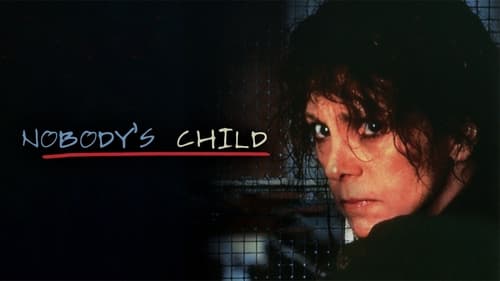
Fact-based drama about the life of Marie Balter, who spent most of her young life in mental institutions. At age 16, she first attempted suicide and the next 20 years she spent in and out of the institutions. At last, a caring doctor started treating her for extreme depression and panic disorder. Weened from strong medications she had taken all her life, at age 36, she emerged for the last time and started a rehabilitation program in the home of a volunteer married couple. There she met a fellow patient with whom she developed a romantic relationship. She also started a college degree. This followed with a long-term professional success in the field of mental health.

아이차는 18살의 신부로 남편 사이드가 일 년 중 11달을 튀니스에서 일할 동안 고향에서 그를 기다려야 한다. 당찬 아이차는 자신도 함께 튀니스로 가고 싶다고 말하고, 그곳에 갈 돈은 자신이 카페트를 짜서 장만하겠다고 한다. 그러자 사이드는 먼저 아들을 낳아야 한다는 조건을 제시한다. 아이치는 동네 여성들과 서로의 꿈을 이야기하고, 남자들이 돌아올 때마다 마을은 축제 분위기로 들뜬다. 남자들이 돌아올 때면 여자들은 머리를 염색하고 목욕을 하며 웃음을 되찾는다. 그러나 세월이 흐르면서, 아이차를 비롯한 다른 여성들은 꿈에서 깨어나기 시작한다. 아이차가 두 딸 뒤에 얻은 아들 아지즈는 그녀의 꿈을 현실로 만들어 줄 듯하지만, 오랫동안 기다렸던 아들은 어머니에게 아픔만 남길 뿐이다. 세월이 흘러 아지즈와 두 딸, 그리고 친구 자이네브와 함께 고향에 돌아온 아이차는 과거를 이해하게 되고 신뢰와 평화, 그리고 평온을 되찾는다.
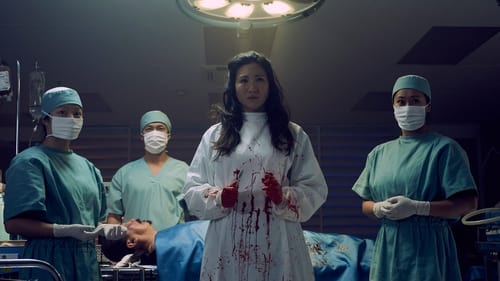
3am. Hongjing, China. 1980s. A single-minded surgeon is forced to break her physician's oath when violent gangsters storm into a hospital to stop a crucial operation.

The death of Roberto, the canary, forces a family to come to terms with their own grief.

Hollywood movies are rapidly becoming vehicles for the ulterior marketing and advertising motives of studios and their owners, rather than entertainment in their own right. Behind the Screens explores this trend toward "hypercommercialism" through phenomena such as product placement, tie-ins, merchandising and cross-promotions. It combines multiple examples taken directly from the movies with incisive interviews provided by film scholars, cultural critics, political economists, and an Oscar-nominated screenwriter. Behind the Screens presents an accessible argument designed for school and college-age audiences-- precisely the demographic most prized by both Hollywood studios and advertisers alike. It features examples drawn from movies such as Wayne's World, Forrest Gump, The Lion King, Summer of Sam, and Toy Story.

April 1994 in the Lacandona Jungle, Chiapas, México. The Zapatista women talk about the living conditions of Mexican indigenous populations and the life of peasant women. They explain the reasons for their struggle and their uprising.

Good Grief is a short stop motion animated documentary that explores the lessons we learn from dealing with grief and loss. Five real people share their true stories of losing something precious and what it has taught them about living.
